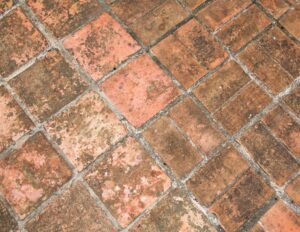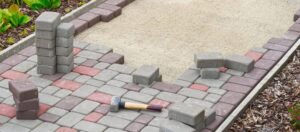Pavers are a popular choice for enhancing outdoor spaces, be it driveways, patios, or walkways. Before embarking on a paver project, however, it’s crucial to grasp the concept of quantities and understand not only how many square feet are in a pallet of pavers, but how to buy pavers effectively.
In this article, we will delve into the topic of how many square feet are in a pallet of pavers and provide valuable insights into the process of purchasing pavers. Whether you’re a seasoned DIY enthusiast or a homeowner looking to hire a contractor, this guide will equip you with the knowledge needed to make informed decisions.
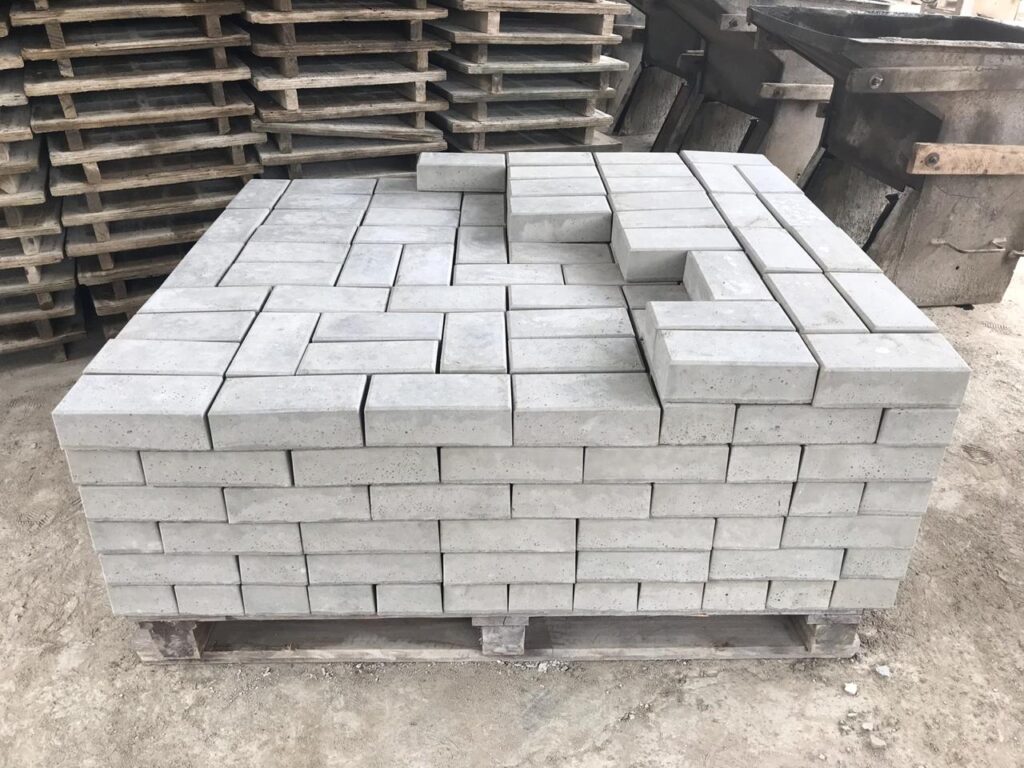
Jump to:
How many square feet are in a pallet of pavers?
Determining the number of square feet in a pallet of pavers is a fundamental step when planning any project. Pavers are typically sold in pallets, and the coverage area of a pallet depends on the size and style of the pavers.
Pavers come in various sizes, such as 4×8 inches, 6×6 inches, 6×9 inches, and 12×12 inches. Each size will yield a different coverage area, and it’s important to note the specific dimensions when estimating quantities.
The style of the pavers, including their shape and pattern, influences the number of pavers required per square foot. For instance, interlocking pavers with irregular shapes may require more pavers to cover a given area compared to rectangular or square pavers.
Paver manufacturers usually provide information on the coverage area of a pallet. It’s typically measured in square feet and indicates the space the pavers will cover when laid in a specific pattern, allowing for joint spaces between the pavers.
And this joint spacing plays a crucial role in paver installations.
The gap between each paver allows for proper drainage, prevents shifting, and provides stability. The recommended joint spacing varies depending on the paver size and project type, and it should be factored in when calculating the number of pavers needed.
So, to answer the question of how many square feet are in a pallet of pavers, the amount of square feet a specific pallet of pavers can cover will greatly depend on exactly what kind of pavers you are choosing. And that amount will usually be specified by the manufacturer.
Calculating paver quantities
To determine the number of pallets required for a project, follow these steps:
- Begin by measuring the area where the pavers will be installed. Ensure precise measurements by breaking down complex shapes into smaller sections and calculating them individually.
- It’s advisable to account for wastage when calculating paver quantities. Wastage includes cutting pavers to fit the edges, accounting for mistakes, and having some extra pavers for future repairs. Industry standards suggest adding around 5-10% to the total paver count to accommodate wastage.
- Divide the total square footage of the project area (including wastage) by the coverage area per pallet. This calculation will provide an estimate of the number of pallets required. Round up to the nearest whole number to ensure you have enough pavers to complete the project.
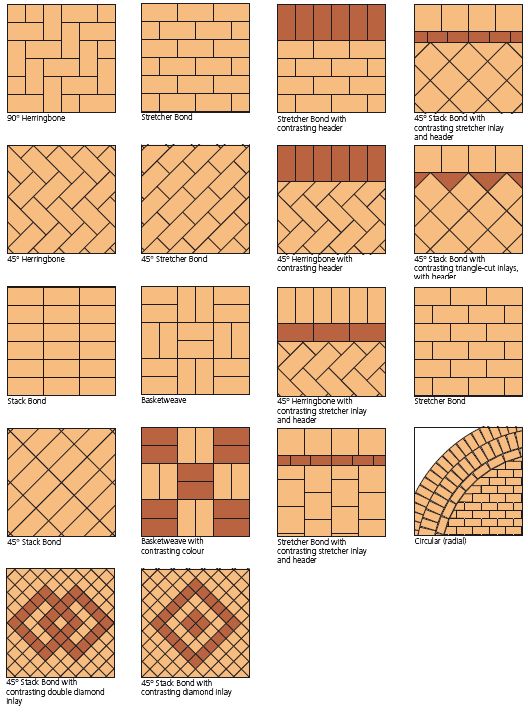
Tips for purchasing pavers
When it comes to buying pavers, we need to consider several factors to ensure a successful project.
Start by researching various paver options available in the market. Look for reputable manufacturers or suppliers with a wide range of pavers in different styles, sizes, and colors. Compare prices and read customer reviews to make an informed decision.
Examine the quality of the pavers before purchasing. Ensure they are durable, weather-resistant, and designed to withstand specific project requirements. High-quality pavers will provide longevity and require less maintenance in the long run.
Choose pavers that align with your desired aesthetics and complement the surrounding architecture. Consider factors like color, texture, and pattern options available to create a cohesive and visually appealing outdoor space.
If you’re uncertain about the selection process or project requirements, consult with professionals such as hardscape designers or contractors. They can provide valuable insights and help you make the right choices for your specific needs.
Before making a final decision, request samples of the pavers you’re considering. This will allow you to assess their color, texture, and overall appearance in person, helping you make an informed choice.
Set a realistic budget for your paver project. Keep in mind that costs may include the pavers themselves, delivery fees, additional materials like sand and gravel, and labor costs if hiring a contractor. Comparing prices and getting multiple quotes will help you stay within your budget.
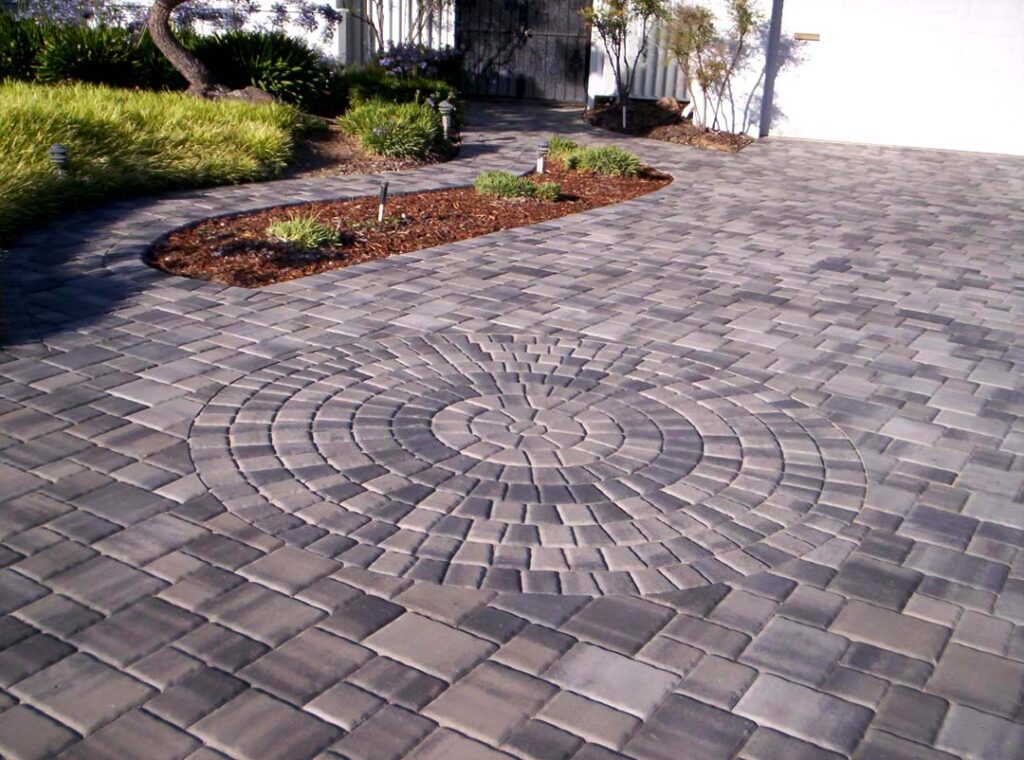
How many square feet are in a pallet of pavers: conclusion
Understanding the quantity of pavers needed for a project and the process of purchasing them is essential for achieving a successful outcome.
By familiarizing yourself with the coverage area per pallet, calculating paver quantities accurately, and considering important factors when buying pavers, you can confidently embark on your paver project. Remember to plan ahead and seek professional advice when necessary.
In fact, professional advice is extremely important, especially if this is your first time planning a paver installation.
We here at JS Brick have been working with pavers and hardscape design for 23 years, and we have seen many people try to tackle an installation from a DIY perspective only to be met with problems that could have easily been avoided if only a professional were involved.
So we highly recommend you find a professional in your area you can trust to help you not only figure out how many square feet are in a pallet of pavers – but to help you throughout the entire installation process.
And if you are in our area of service, here in Sarasota, FL, you can contact us anytime to help you with your project. We would be glad to hear from you and add you to our long list of satisfied customers.

